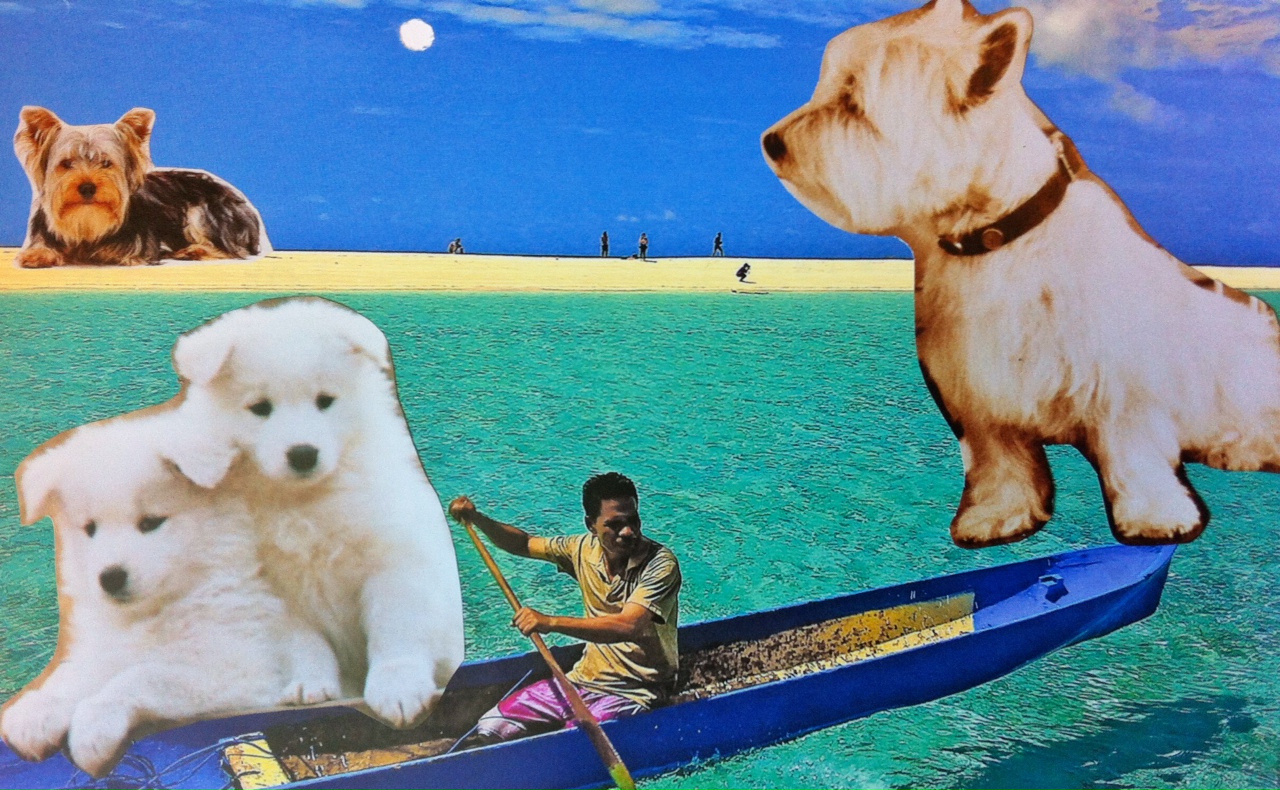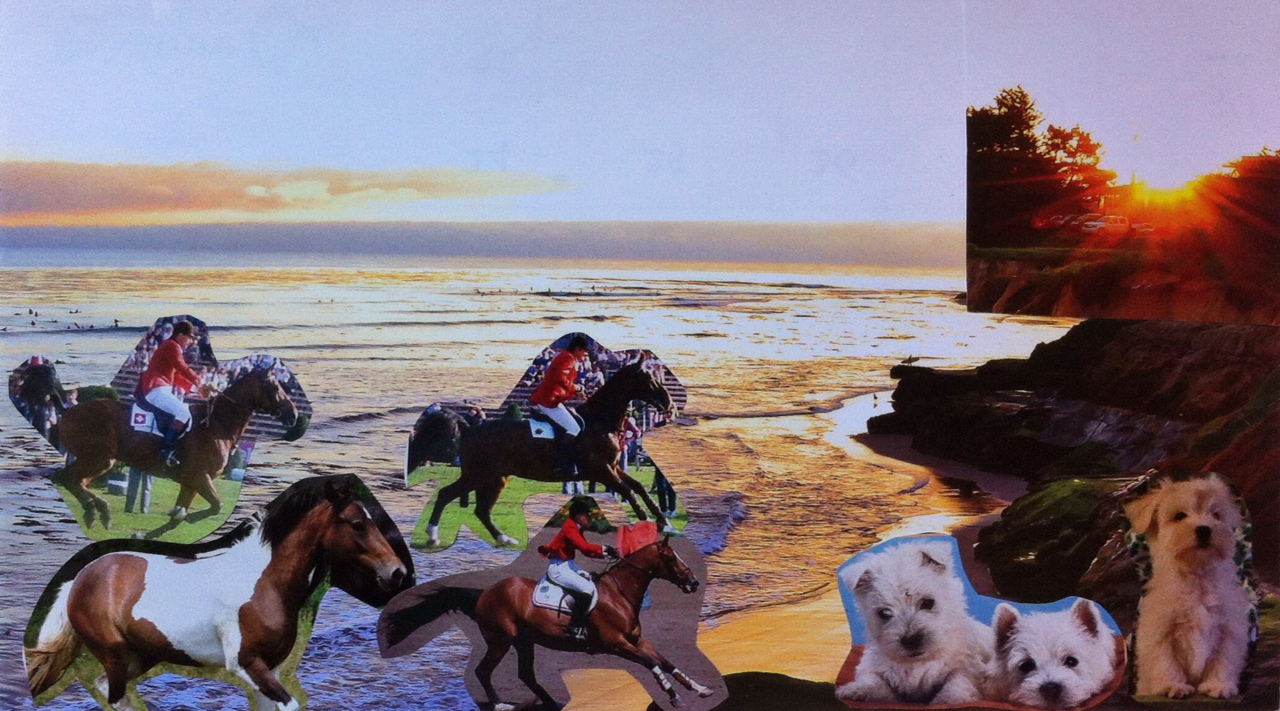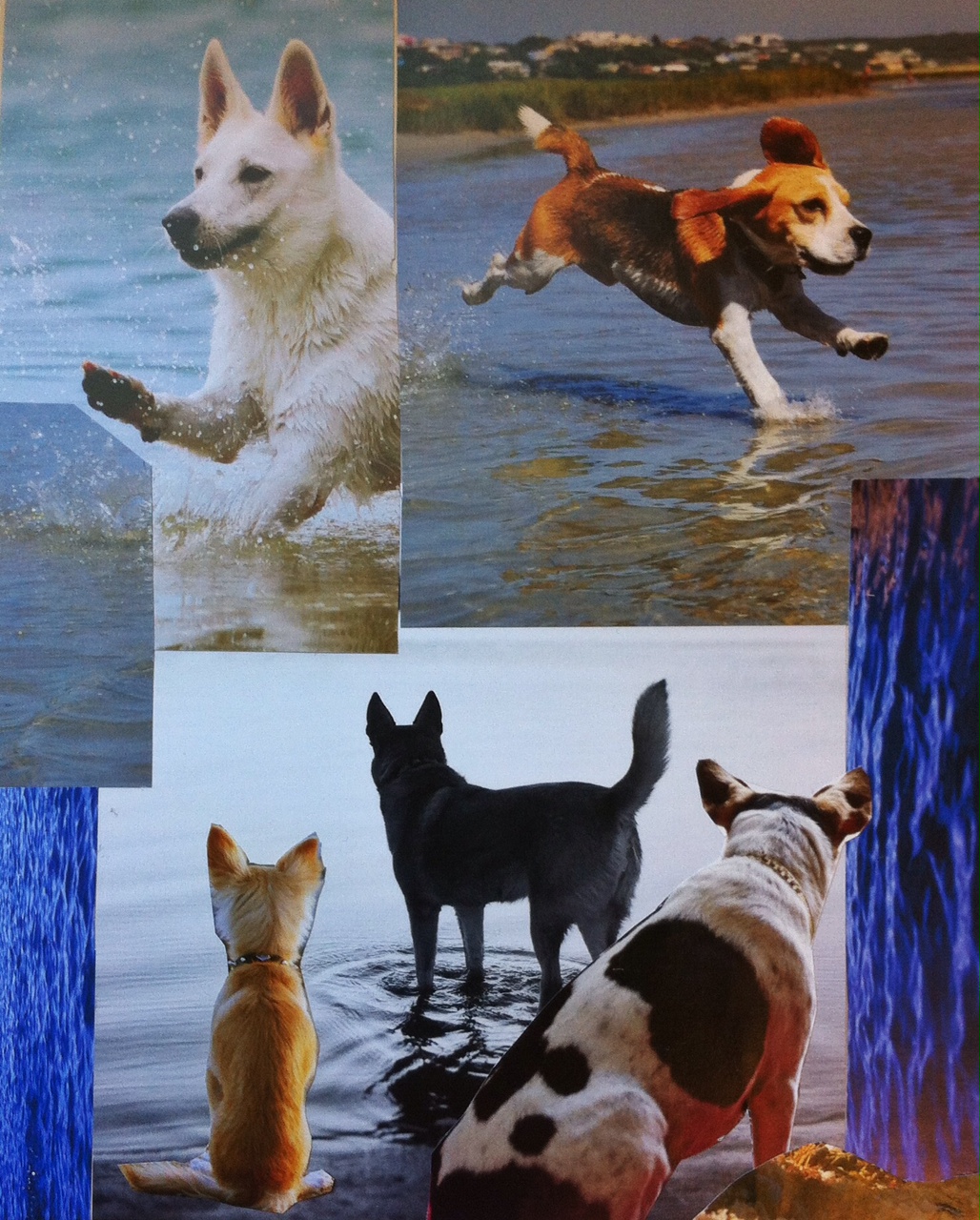 Recently, I had the pleasure of hosting a South Korean Art Therapy professor, Sunghee An, at our hospital. Part of the Art Therapy Department at Hanyang Cyber University, Sunghee was curious to see our art therapy program at UC Davis Children's Hospital in action.
Recently, I had the pleasure of hosting a South Korean Art Therapy professor, Sunghee An, at our hospital. Part of the Art Therapy Department at Hanyang Cyber University, Sunghee was curious to see our art therapy program at UC Davis Children's Hospital in action.
I was delighted when, on the morning of our meeting, I walked into the pavilion and found her waiting; collected and ready to get down to details over tea.
What I realized right away, is that when someone visits our hospital, I'm representing not only what I do--but what everyone else does as well--and how I've created my art therapy practice within that institution. When you have been in a position for a number of years, as I have, you set rules for yourself and abide by them. Sometimes, you forget why you do what you do.
Sunghee's questions allowed me to develop a narrative, which as I told the story of our program and explained why I was the only art therapist, I rediscovered many of the reasons why I set up my practice the way I did. I was happy to find that I still approve of my past decisions and that they continue to make sense, some twelve years later.
I took Sunghee on a floor by floor tour of the Children's Hospital: the Neonatal Intensive Care Unit and its very tiny inhabitants, the Pediatric Intensive Care Unit, where we discovered a lively paper doll painting sibling session and, back to our regular pediatrics floor, where we stopped in at a toddler's room to spend some time painting.
Over lunch, we discussed the psychoanalytic approach versus a more resilience oriented one.
While many of our patients have experienced trauma as a result of an accident or disease, we allow patients to guide their choices about art and music. This doesn't always foster in-depth conversations about their feelings. In fact quite the opposite. Because of the double rooms and porousness of the playroom, children often choose to engage in art activities as a means of "just being normal" or "having fun."
What happens while they are doing it, contained within the bounds of a session or an art group, is where change happens.
During Art Group that day, the children created collages of animals, primarily dogs and horses (we'd just had a fantastic donation of dog and horse images). One of the children, about 8 years old, glued several images of dogs onto her mat board and began to paint around it with black.
The color black can sometimes raise concern about a school age child and the two of us wondered privately if something deeper might be going on. I casually asked if this young person had any pets. The answer was "five, but three ran away."
"Who are these dogs?" I asked. "Rex and Toto," he answered and I began to fill in the blanks. The child also covered the back of the card with an image of a schnauzer. When asked about this animal, it turned out to be one of the runaways, who had given birth to a litter prior to running away. One of the pups had died.
In a child who otherwise was hospitalized for a minor condition, I decided to believe that in this case, the dog was just a dog. And yet it wasn't.
The confluence of events that led me to provide images of a variety of dogs and the child appearing on this day, when presented with these images, allowed him to grieve the loss of some beloved friends. Without intense introspection, amongst crawling toddlers, babies drooling and iv poles beeping, this young guy was able to express the deep currents of his heart.


